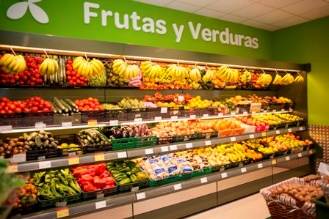The regional supermarket resists Amazon and the big ones
This format covers 11.3% of the national market supported by its proximity to the customer and an assortment of manufacturers’ brands, competing with the most economical chains.

The irruption of Amazon is sweeping away the traditional shops, and to a lesser extend to the hypermarkets. Supermarkets with a short assortment, such as Mercadona, DIA and Lidl, whose shelves offer mostly products of their own brands, resist at the moment the challenges of the American colossus with a mixture of low prices and promotion of their online strategy.
But they are not the only ones which resist this new situation of fierce competition. The regional supermarket chains, which many considered dead some time ago, remain standing in what experts describe as “a very peculiar phenomenon that doesn’t occur in other European markets”.
According to data from KantalWorldPannel, regional chains account for 11.3% of the national market in value, after rising 0.2% over the previous year.
Adequate size
Their secret is a mixture of factors: a dense store network and with an adequate size to house a complete assortment; more manufactures’ brands and not as many retailers’; they gained consumer confidence in fresh produce sales; they are very competitive in price because they have purchase centers. A last differential factor that brings a lot of value to these supermarkets is their management. Most are family business, whose owners know very well the local consumer.
In almost all regions there’s a regional chain among the leaders. Even in the Comunidad Valenciana, origin of the national top leader Mercadona (24.1% of market share), Cosum has 13.9% of the regional market.
Source: La Razón